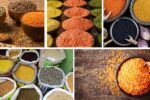Beans are one of the world’s most important crops, both nutritionally and economically. Rich in protein, fiber, vitamins, and minerals, they are a staple food for billions of people. From kidney beans and black beans to navy beans, pinto beans, and mung beans, these humble legumes are versatile ingredients that appear in soups, stews, curries, salads, and snacks across cultures.
But beyond the kitchen, beans hold enormous agricultural and commercial significance. They play a role in crop rotation, improve soil fertility through nitrogen fixation, and are vital in food security strategies worldwide. With so much importance attached to this legume, one question stands out: which country produces the most beans worldwide?
The clear leader is India, though other countries like Myanmar, Brazil, the United States, and China also play significant roles. Let’s explore the global picture in detail.
Global Bean Production at a Glance
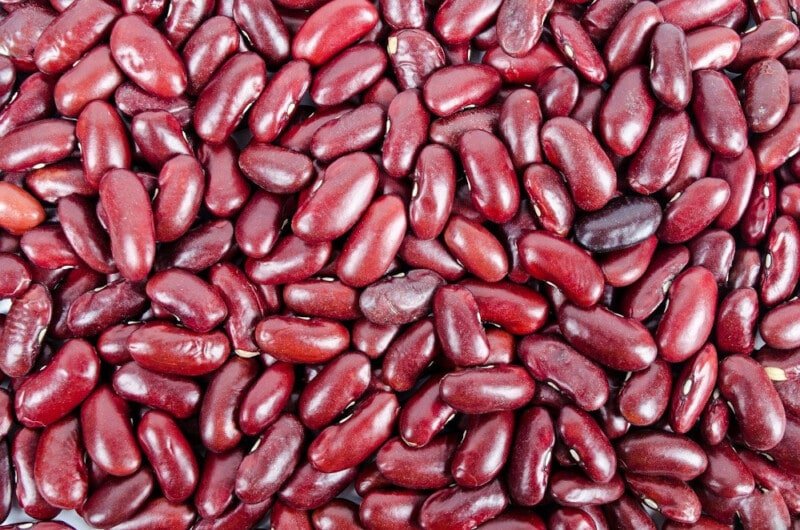
According to the Food and Agriculture Organization (FAO), global bean production is estimated at around 30 million metric tons annually, making beans one of the most cultivated legumes after soybeans.
Beans are grown in over 150 countries, with Asia, Latin America, and Africa being the largest producing regions. They thrive in diverse climates—from tropical lowlands to cooler highlands—making them a truly global crop.
India: The World’s Top Bean Producer
Scale of Production
India holds the crown as the largest producer of beans worldwide, contributing nearly 25–30% of the global output, which translates to 6–7 million metric tons annually.
Why India Leads
- Climate Diversity
With its varied agro-climatic zones, India grows numerous bean varieties such as mung beans (green gram), urad beans (black gram), kidney beans (rajma), and chickpeas (closely related). - Dietary Staple
Beans are an everyday food in Indian households. Pulses, including beans, are a primary source of protein for the largely vegetarian population. - Large Agricultural Land
India has millions of hectares dedicated to pulse crops, with beans being one of the most cultivated. - Government Support
Initiatives like the National Food Security Mission (NFSM) and subsidies for pulse crops encourage widespread bean cultivation.
Major Producing States
- Madhya Pradesh, Uttar Pradesh, Maharashtra, and Karnataka are key bean-growing states.
- Northern regions like Jammu & Kashmir and Himachal Pradesh are known for red kidney beans (rajma).
Other Leading Bean Producers
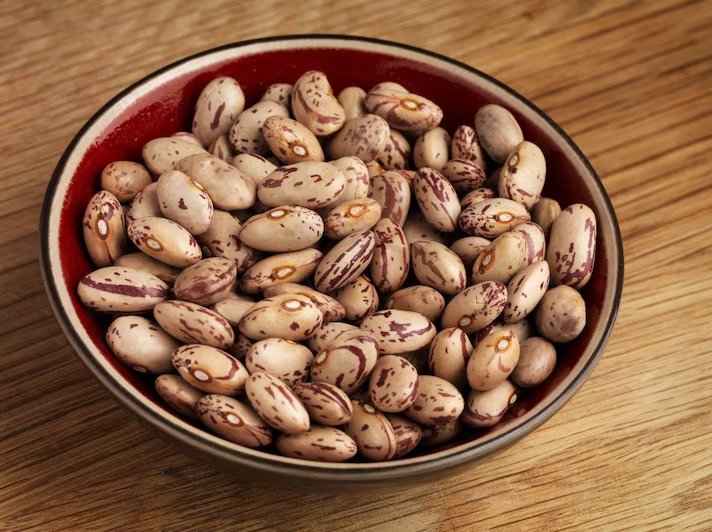
1. Myanmar (Burma)
- Annual Production: Around 4–5 million metric tons.
- Strengths: Myanmar is one of the world’s largest exporters of beans and pulses, especially mung beans and black gram.
- Market Role: A significant share of production is exported to India, China, and Europe.
2. Brazil
- Annual Production: Around 3 million metric tons.
- Popular Varieties: Carioca beans, black beans, and kidney beans.
- Cultural Role: Beans are a staple in Brazilian cuisine, with the national dish feijoada (bean stew with meat) highlighting their importance.
3. United States
- Annual Production: Around 1.2–1.5 million metric tons.
- Key Producing States: North Dakota, Michigan, Nebraska, and Colorado.
- Popular Varieties: Pinto, navy, black, and kidney beans.
- Export Markets: The U.S. exports beans to Mexico, Canada, and European countries.
4. China
- Annual Production: About 1–1.2 million metric tons.
- Popular Varieties: Red beans, mung beans, and soybeans (though soybeans are categorized separately).
- Domestic Use: Widely consumed in soups, desserts, and traditional Chinese medicine.
5. Mexico
- Annual Production: Around 1 million metric tons.
- Significance: Beans are central to Mexican cuisine, particularly black beans, pinto beans, and kidney beans.
- Export Role: Supplies both domestic markets and exports to the U.S. and Central America.
6. Tanzania & Kenya (East Africa)
- Annual Production: Combined, around 800,000–1 million metric tons.
- Importance: Beans are a dietary staple and a crucial protein source in East Africa.
- Varieties: Common beans (Phaseolus vulgaris) are most widely grown.
7. Other Producers
- Uganda, Ethiopia, and Rwanda are rising producers in Africa.
- European countries like France and Italy cultivate smaller quantities, mostly for regional consumption.
Nutritional Importance of Beans
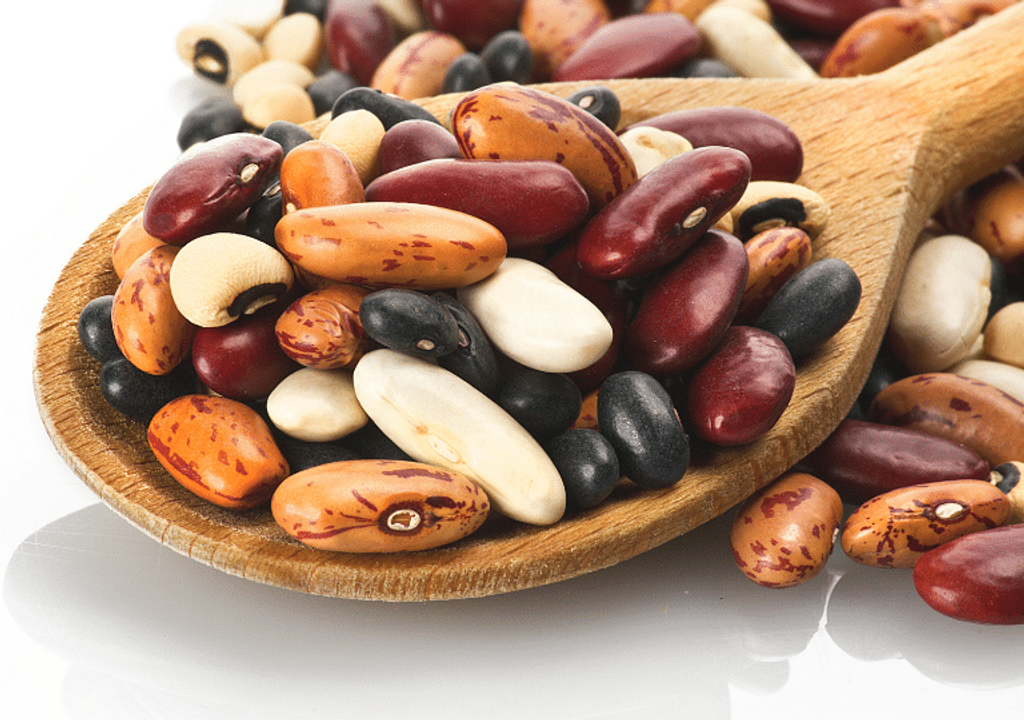
Beans are a nutritional powerhouse and are often called the “poor man’s meat” because of their affordability and high protein content.
- Protein: 20–25% protein by weight, making them an essential plant-based protein source.
- Fiber: Rich in soluble fiber, which supports digestion and heart health.
- Vitamins & Minerals: Excellent sources of folate, iron, potassium, and magnesium.
- Low in Fat: Virtually fat-free, making them suitable for weight management.
- Health Benefits: Reduce cholesterol, stabilize blood sugar, and promote satiety.
Challenges in Global Bean Production

Despite their importance, bean production faces several obstacles:
- Climate Change
Irregular rainfall, droughts, and extreme weather affect yields, especially in rain-fed regions of Africa and Asia. - Pests & Diseases
Bean crops are vulnerable to fungal infections, bean flies, and aphids. - Low Yields
Compared to cereals, bean yields remain low due to limited access to high-quality seeds and modern farming methods. - Post-Harvest Losses
Poor storage facilities in developing countries lead to significant losses after harvest.
Future Outlook for Bean Production
The outlook for bean production is positive, given rising global demand for plant-based proteins.
- Plant-Based Diets on the Rise
As more people adopt vegetarian and vegan lifestyles, beans are gaining importance as protein alternatives. - Export Growth
Countries like Myanmar, India, and Brazil are set to expand bean exports to meet global demand. - Research & Innovation
Development of high-yield, pest-resistant bean varieties could boost global production. - Sustainability
Beans enrich soils through nitrogen fixation, making them critical for sustainable farming and reducing dependence on chemical fertilizers.
Cultural and Culinary Role of Beans
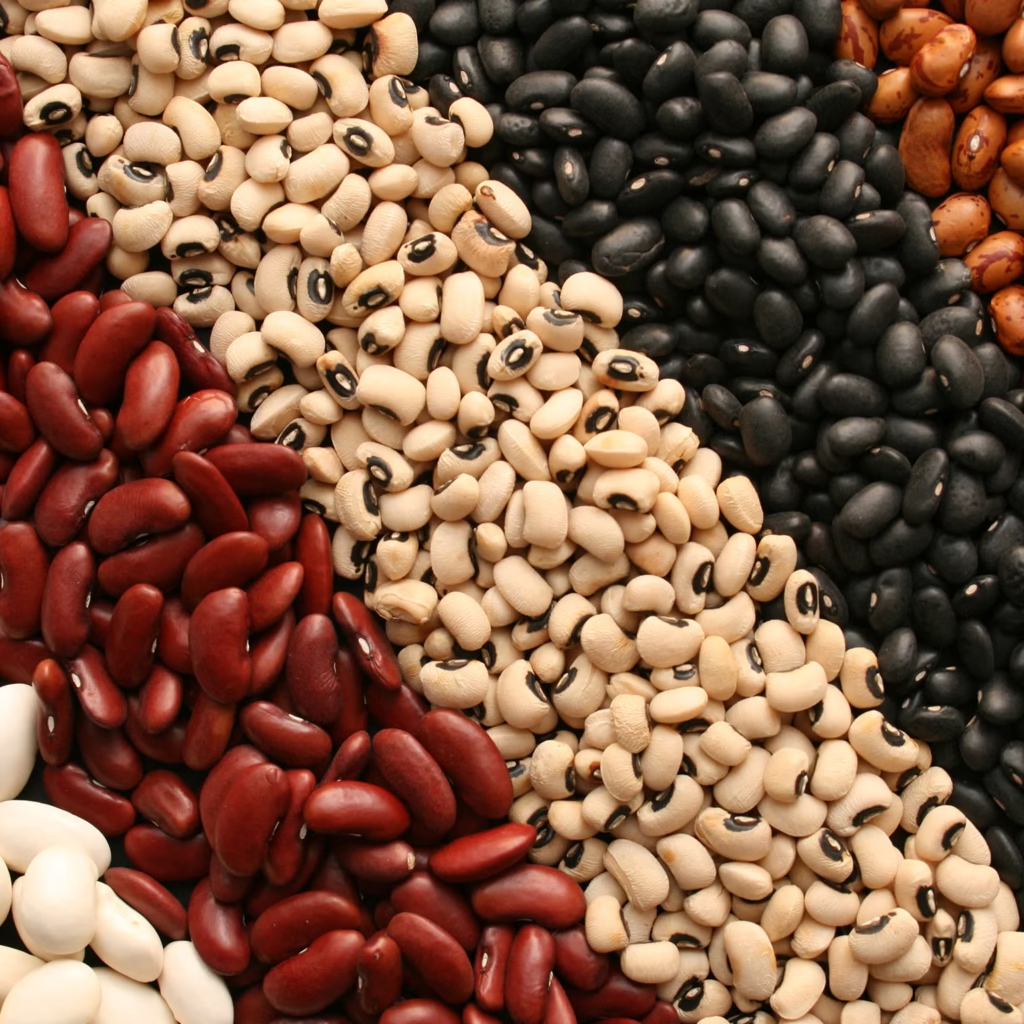
Beans are deeply embedded in global food traditions:
- India: Rajma chawal (kidney beans with rice) and dal made from mung or urad beans.
- Brazil: Feijoada, a hearty black bean stew.
- Mexico: Refried beans, burritos, and tacos.
- United States: Baked beans and chili.
- East Africa: Bean stews served with maize-based staples.
- China & Japan: Sweet red bean paste in desserts.
This cultural variety shows how beans transcend geography, making them a universal food.
Conclusion
So, which country produces the most beans worldwide? The answer is clear: India leads the world in bean production, accounting for nearly one-third of global output. India’s dominance stems from favorable growing conditions, dietary reliance, and extensive cultivation across multiple states.
Other countries like Myanmar, Brazil, the United States, China, and Mexico also contribute significantly, shaping both local cuisines and international markets.
As demand for healthy, plant-based foods rises and sustainability becomes a global priority, beans are poised to play an even bigger role in the future of food security and nutrition.





